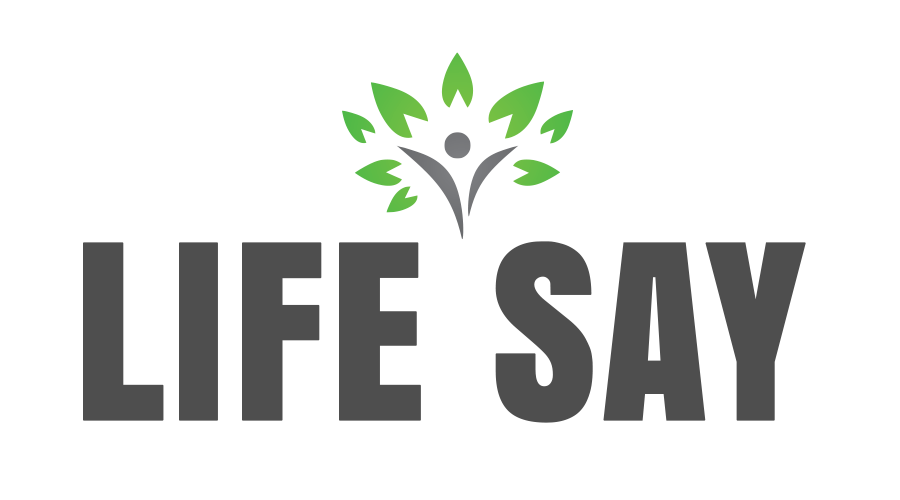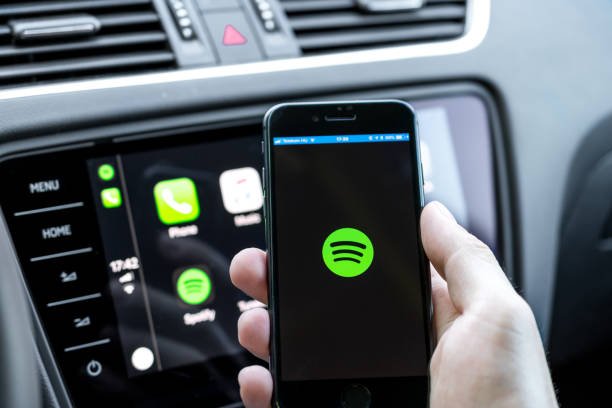In the digital age, influencer marketing is one of the most effective methods for reaching millennial consumers. These campaigns work by partnering with influential social media users that have large followings to produce content around their favorite products and persuade followers to buy them. But while they are a great way to reach an engaged audience, influencer campaigns come in different varieties, not all of which are created equally. Influencers whose fans can tell that the campaign is part of their original content will be more valuable. And that’s why Spotifystorm comes with an increasing Spotify audience. Also, consumers are more likely to respond well if they can figure out what problem the product will solve or how it relates to them personally.
5 Types of Influencer Campaigns: The Good and the Bad
Influencer (or social media) marketing is the newest and coolest way to market your brand. Not only are businesses capitalizing on the growing trend, everyday social media users are cashing in too. If you’ve got a creative eye, an Internet connection, a smartphone and a healthy number of followers, you’ve got all the tools to be an influencer.
When it comes to the different ways of doing influencer marketing, there are a ton. So many, in fact, that you may be tempted to just go with the easiest (“Hey, wanna’ post stuff for me in exchange for some cash?”). While there’s certainly no shame in that game, the advantages of experimenting with different types of campaigns are worth it. With a large majority of brands upping their influencer marketing budgets in 2017, it doesn’t hurt to fully understand the pros and cons of each type of campaign.
So, let’s get started.
Influencers sharing branded content
This is probably the most common (and straight-forward) type of influencer campaign. This is when influencers share content related to your brand on their social media channels. It can include an Instagram photo/YouTube video featuring your product, a Tweet mentioning your brand, or a blog post about your business.
The advantage of this type of campaign is that the influencer’s creative control allows the post to blend seamlessly into their feed. This makes it more authentic and look less like an ad. It also gives your brand visibility with an established audience that have an interest in your niche.
Now for the negatives (and there aren’t many). If the influencer/brand pairing isn’t authentic or the influencer isn’t experienced at promoting a brand, it can not only turn their followers off from them but it can turn them off from your brand. Moreover (and more importantly), there is a lot of work that needs to be invested on the brand’s end for finding the right influencer. Since your brand will be associated with someone else’s name, you’ll need to properly vet them to ensure there are no PR disasters. Luckily, there are free services like Rep (plug!) that exist to mitigate the tedious work of finding the right influencer.
Using an influencer’s existing content
The quickest way to collaborate with an influencer is to use content they’ve already created. If you come across an influencer who already uses your product/service, you can use their photos and videos on your own social media channels. This, of course, will require their permission.
A perfect example of this is Gap’s styld.by campaign. Gap features style influencers who post content wearing Gap clothing on their styld.by website and Instagram feed. The result is that both parties benefit from the collaboration as they each gain access to an audience they wouldn’t have reached otherwise.
The obvious pro is that there is very little time that needs to be invested, if at all. If your brand has a campaign hashtag (like #styld.by), all you’ll need to do it co curate your favourite photos/videos to repost from the content with that hashtag. Since the influencer is doing all the creative legwork, you don’t need any specialized photo editors or campaign directors.
The only con here is that the cost and permissions to repost can get a little complicated. Once you’ve found something you want to repost, you’ll need to ask permission and negotiate any compensation (if required). This can sometimes take some time.
Co-creating content
If you’re not fully comfortable giving complete creative control over to the influencer, co-creating content is a good alternative. Splitting the load can also be attractive to the influencer themselves. Co-creating content involves fusing your creative expertise to produce branded photos, videos, blog posts or podcasts.
An advantage of this type of campaign is that, since you’re working together, there’s much less risk that the final product will be off-brand for either you or the influencer.
A disadvantage of co-creating content is that too many people in the kitchen causes issues (is that how the saying goes?). The more people involved in a creative process, the longer it typically takes. A good way to get around this issue is to create guidelines together to have a goal to work toward.
Event marketing
While this requires a little more work, event marketing is a great way to grow your business. If your brand holds events, it’s a great opportunity to invite influencers and tap into their followings. Similarly, if influencers are hosting events of their own, sponsoring or having a presence will get your brand in front of their trusting and engaged audience.
The good thing about event marketing is that nothing beats face time with different influencers and their followers. Because influencers are constantly documenting their lives, there’s no doubt that your brand will get a ton of publicity from participating or hosting an event.
The bad thing is that this type of campaign typically requires a little more investment than the alternatives. Whether it’s event booths/installations, travel expenses, or sponsorship costs, this can run up a fat bill.
Social media takeovers
Giving an influencer control of your social media feeds is an awesome way to shake things up. Exposing your audience to different content gives your follower something fresh to see and will attract the influencer’s following to your page.
The pros are that it drives traffic, creates a relatable image for your brand, and is versatile across all platforms.
The cons is that there are a ton of details that need to be considered before a social media takeover. For example, which platforms will they be taking over? Will the actual influencer be posting to your brand’s account or will they send your brand manager content to post? What are the influencer’s and brand’s goal in this takeover? How frequently should they be posting? Will the influencer be replying to messages/comments? You get the point. It’s a lot.
Overall, any of these social media campaigns will benefit your brand. And there are many more than the 5 we mentioned. Ultimately, the best campaigns will be ones that align with your brand goals and fit in with your marketing budget.


